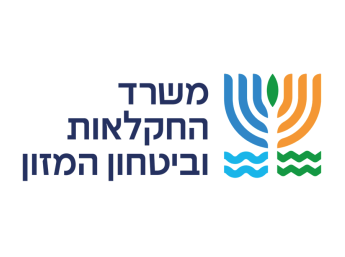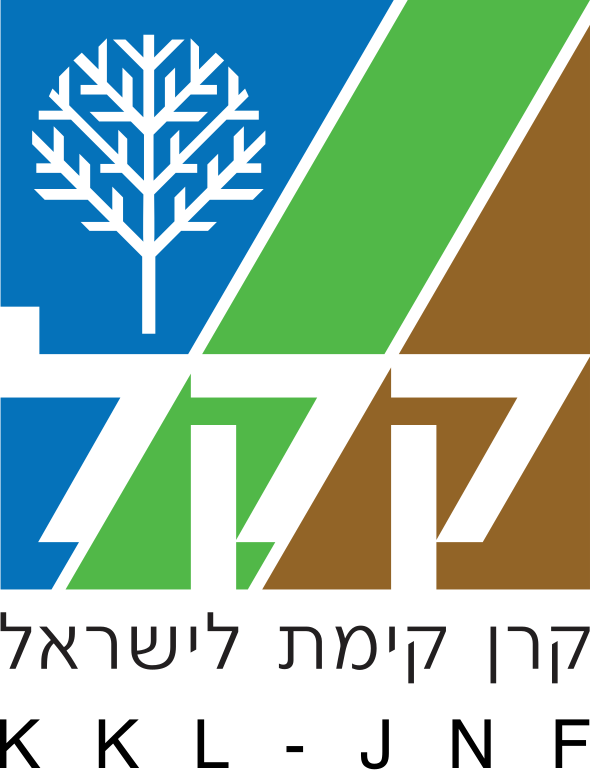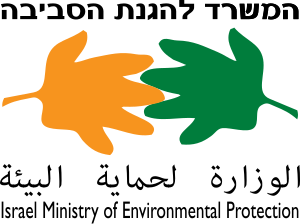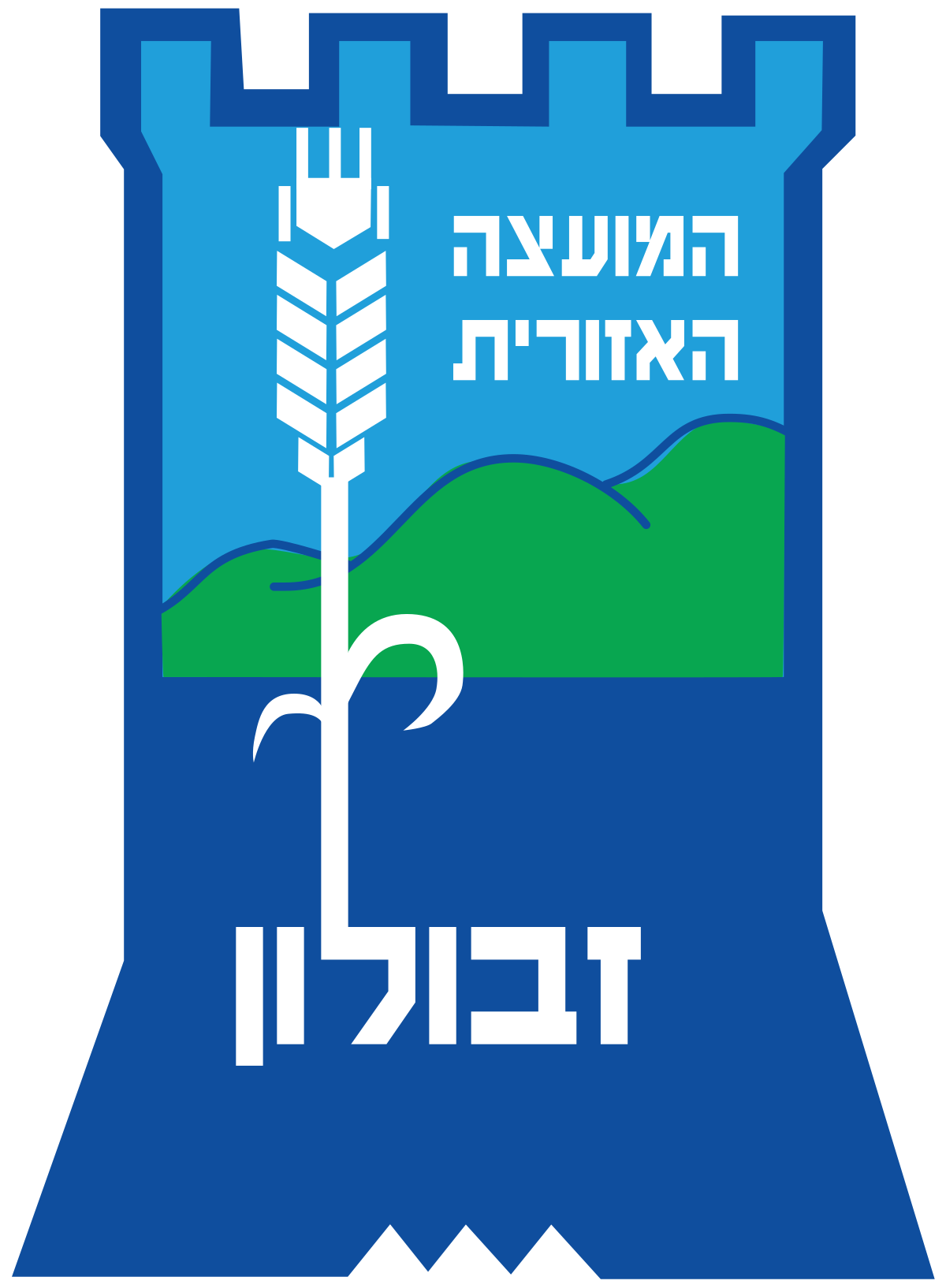What are the main goals in this area?
- Promote sustainable agriculture in the Zippori Basin through consulting, training, research, financial support for actions, and the establishment of demonstration farms for environmentally friendly and profitable agriculture.
- Strengthen cooperation between the Kishon Drainage and Rivers Authority and the farmers of the basin by creating dialogue and agreements with landowners for the restoration and regulation of stream sections that pass through private land.
- Manage livestock grazing by reducing its impact on the stream through distancing herds from the stream channel, while improving their productivity and well-being.
- Regulate agricultural land usage by formalizing structures that support agriculture and exploring opportunities for tourism use, in order to expand the economic options for farmers in the Zippori Basin.
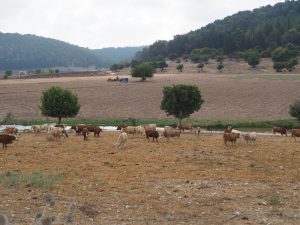
What are we doing in practice? A few examples…
● We reached agreements with landowners along many stream segments to enable regulation, restoration, and widening of the stream channel.
● We created a handbook that outlines various environmental actions farmers can take on their land. For example, enhancing biodiversity, creating natural buffer strips between the fields and the stream, and reducing soil erosion – all supported financially by the Kishon Drainage and Rivers Authority.
● We are collaborating with researchers from the Volcani Institute to explore more efficient and eco-friendly alternatives for weed control in vineyards and pest management in agriculture common to the Zippori Basin, as substitutes for conventional treatments and spraying.
● We run specialized courses for small-plot holders in the basin, focusing on sustainable agriculture and economic viability for micro-farms.
● The project’s water and agriculture teams are working together with the water associations of El-Ghaba, Shefa-‘Amr, Ras Ali, and the Bustan Saffuriya committee to lay irrigation pipes in agricultural areas. This provides steady water supply and reduces dependence on stream water. (Read more here – link to the Water Resource page)
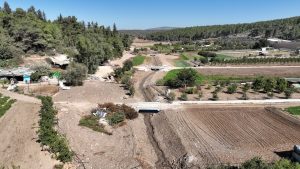

Grazing in the stream basin
Cattle, goats, and sheep are an integral part of the unique landscape of the Zippori Stream Basin and of the heritage of some of its communities that have maintained this cultural and economic tradition. However, when herds get too close to the stream or enter it, they may damage the banks, trample vegetation, and pollute the water.
As part of the project, we work together with herd owners to find solutions for distancing grazing from the stream and regulating it. Solutions include placing drinking stations farther from the stream and installing temporary or permanent fencing.
This way, the herds can continue to graze peacefully, without disturbing the stream.


